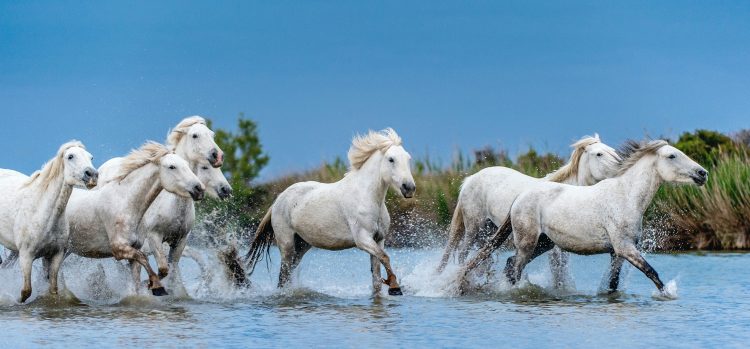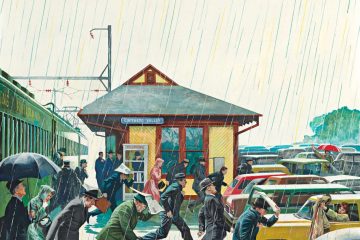People Steeplechase
Q.
In kindergarten, one of our favourite games 👀 was ‘horsey’. We’d be cantering around, hands slapping onto hot pavement, neighing when the mood hit.
It’s hard not to be reminded of horsey hijinks when watching Olympics steeplechase. Well, add in a shake of extreme athleticism, some steely-eyed competitors, and massive audience pressure.
Why is this international roster jumping over horsey hurdles and into big puddles. Where did this sport originate?
.
A.
Steeplechase was indeed inspired by horses and their riders. The human-only version started in the UK, and involved runners dashing from a church steeple in one town to the next. Naturally, said race demanded early days parkour skills – scrambling over walls, leaping over streams, dodging non-cooperative cows.
Thank Oxford University in Queen Victoria’s 1800s for moving the race forward. The first iterations were two mile ‘foot grinds’ through mucky fields just west of the university, in a hamlet called Binsey.
Over time – and with royal attendees like His Royal Highness Prince Edward – these ‘steeple chases’ came to feature increasingly troublesome challenges: claggy mud, prickle bushes, impossibly tall hedges, rushing streams, wire fences.
Men’s steeplechase debuted at the 1920 Olympics in Antwerp. For women, the first year of eligibility was 2008 in Beijing. Each participating runner in the modern 3000 metre Olympics race must leap over 28 fixed barriers and 7 water jumps. 🙌🏼
.
www.justcurious.ca
Header Photo: Getty Images








